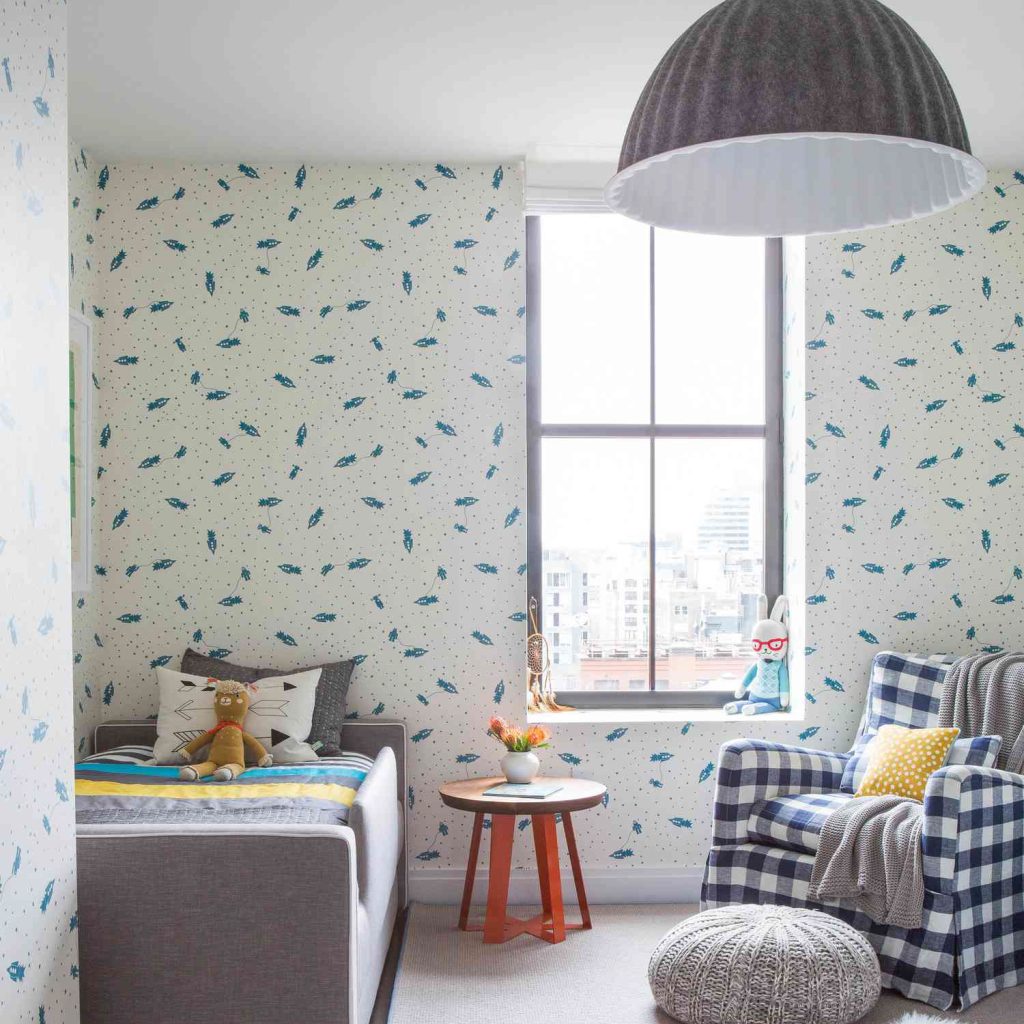
Exploring the Timeless Charm of Scandinavian Antiques
Introduction
Scandinavian antiques hold a special place in the world of vintage and antique decor. Their minimalistic and functional designs have influenced modern furniture trends, making them a popular choice among interior designers and furniture collectors. In this article, we will dive deeper into the history, characteristics, and significance of Scandinavian antiques and why they continue to hold value in today’s market.
History of Scandinavian Antiques
Scandinavian design emerged in the early 1900s with the Arts and Crafts movement, a response to mass-produced furniture that lacked quality and originality. Nordic designers such as Hans Wegner, Alvar Aalto, and Arne Jacobsen challenged this trend by creating sleek, functional, and timeless pieces of furniture that embodied the principles of modernism.
During the mid-20th century, Scandinavian design became widely popular in the United States and Europe. The clean lines, natural materials, and functional approach of Nordic designers made a significant impact on the modernist movement, becoming synonymous with the concept of “less is more.”
Characteristics of Scandinavian Antiques
Scandinavian antiques are characterized by their minimalistic style, quality craftsmanship, and use of natural materials. Wood, specifically teak, rosewood, and oak, is a popular material used in Scandinavian furniture. These woods are favored for their durability, beauty, and natural warmth.
Nordic designers believed that form should always follow function, leading to the creation of ergonomic furniture that was designed to enhance everyday life. Chairs with contoured backs, tables with extendable leaves, and sofas with low seating were all part of the Nordic approach to furniture design.
The Significance of Scandinavian Antiques Today
Despite their age, Scandinavian antiques continue to hold value in the modern furniture market. Mid-century modern decor has made a comeback in recent years, and Nordic designs have once again become the inspiration for modern pieces.
Scandinavian antiques complement a variety of interior styles, from contemporary to minimalist. The timelessness of their design, the quality of their materials, and the comfort they provide make them ideal for modern living.
How to Incorporate Scandinavian Antiques into Your Home
Scandinavian antiques can add a touch of warmth and sophistication to any home. The key is to mix and match these vintage pieces with modern decor to create a curated and personalized look. Here are some tips on how to incorporate Scandinavian antiques into your home:
1. Choose One Focal Piece
When adding Scandinavian antiques to your modern home, choose one focal piece to showcase. A mid-century modern armchair or a vintage teak sideboard can become a conversation starter and add character to any room.
2. Mix and Match with Modern Pieces
To create a cohesive look, mix and match Scandinavian antiques with modern pieces. For example, a vintage rosewood coffee table can complement a sleek contemporary sofa.
3. Add Natural Elements
Incorporate natural elements such as plants, wood accents, and woven textiles to create a cozy and inviting ambiance. This will highlight the natural beauty of your Scandinavian antiques and further tie them into your decor.
4. Don’t Be Afraid of Color
Scandinavian antiques are often associated with neutral colors, but don’t be afraid to add a pop of color to your space. A vibrant throw pillow or a colorful area rug can add personality and create a fun and playful environment.



